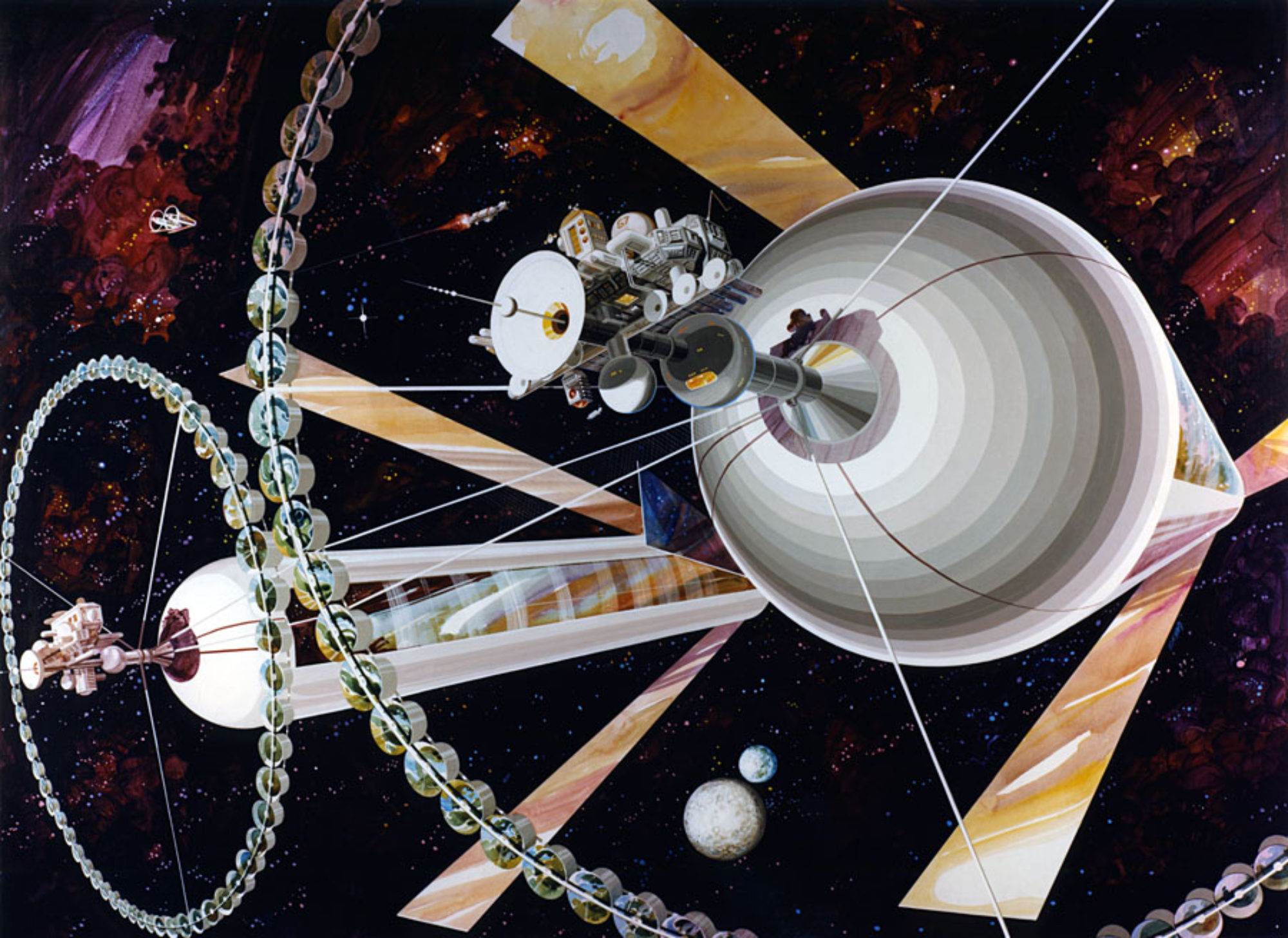
At the intersection of AI, swarm robotics and mining technology lies the key to sustainable, affordable space development. Offworld, Inc. is on the cutting edge of this frontier with their suite of diverse robot species that when coordinated with collective intelligence, will enable sustainable in situ resource utilization (ISRU) thereby lowering the cost of establishing settlements on the Moon and beyond, while kickstarting a thriving off Earth economy. In a presentation to the Future In-Space Operations (FISO) Telecon on July 24, Space Systems Architect Dallas Bienhoff described Offworld’s plans for an ambitious demonstration mission called Prospector 1.
In April 2023, OffWorld Europe entered into an agreement with the Luxembourg Space Agency to collaborate on a Lunar ISRU exploration program commissioned by the European Space Agency. The multi-year initiative will develop a processing system focused on harvesting and utilizing lunar ice resources. The program will develop a Lunar Processing Module (LPM) to be integrated into a mobile excavator that will be launched to Moon’s south pole on the Prospector 1 mission currently scheduled for late 2027. The goal of Prospector 1 is to demonstrate the capability of processing icy lunar regolith to produce oxygen and hydrogen. The LPM when loaded with icy regolith will process the lunar soil to extract water, then via electrolysis produce oxygen and hydrogen. The module’s hopper is designed to receive up to 50 kg of regolith and batch process 2.5kg/hour. The unit will be housed on a mobile excavator massed at 2500 kg. Offworld has already completed TRL4 testing on the LPM in their Luxembourg office.
Offworld is evaluating several suppliers for delivery of their payload to the Moon. These include Blue Origin’s Blue Moon Mark 1 Lander, Astrobotic’s Griffin, Intuitive Machines NOVA-D and the SpaceX Starship.
The company is exploring a variety of options for generation of power for the mission. Of course landers provide some minimal power but not nearly enough for processing lunar regolith. One promising system under consideration is the Vertical Solar Array Technology (VSAT) under development by Astorbotic which will provide 10kw of power (only in sunlight). But wait, there’s more! Astrobotic announced this month that they were just awarded a Small Business Innovation Research (SBIR) award by NASA to develop a larger version of the array called VSAT-XL capable of delivering 50kw. Designed to track the sun, VSAT is ideal for location at the lunar south pole where the sun’s rays are at very low elevation and provide semi-permanent illumination on the rims of permanently shadowed craters.

Another innovative alternative is a power source called the Nuclear Thermionic Avalanche Cell (NTAC ) under development by Tamer Space, a company providing a range of power and construction resources for settlements on the Moon, the Cislunar economy and sustainable pioneering of Mars. The device is an electrical generator that converts nuclear gamma-ray photons directly to electric power in a compact, reliable package with high power density capable of long-life operation without refueling. NTAC can provide higher power levels (e.g. starting at 100kw) and is not dependent on the sun to enable operations through the lunar night should Offworld elect to locate their facility far from the Moon’s poles or in permanently shadowed regions. Tamer described their technology at the 2023 Space Resources Roundtable

After Propector 1, Offworld’s follow on plans envision a second Prospector 2 to be launched in the 2029 timeframe. This mission will ramp up capability to include multiple robot species such as an excavator, hauler, and processor. In addition, liquefaction will be added to the process stream (not just gaseous products) and pilot plant capabilities will be demonstrated to reduce risk for the next mission. In 2031, a formal pilot plant will be established with multiple excavators and haulers. The facility will have a fixed processing plant and storage facilities capable of producing tons of water, oxygen, and hydrogen. By the end of 2034, OffWorld plans to launch an industrial scale ISRU plant with output of 100s of tons of volatiles, elements and bulk regolith per year.
Bienhoff said at the conclusion of his presentation that Offworld’s long term vision for lunar operations include: “Industrial scale ISRU, 10s – 100s of tons of product per year – by product [I mean] that’s processed regolith, that’s oxygen, that’s hydrogen, that’s water, that’s perhaps metals. We plan to monetize or use every gram we excavate. That’s a tall order, but in order to have a thriving lunar community, we need to produce as much as we can on the Moon, for the Moon, before we think about exporting from the Moon.”
